SUMMARY
This is AI generated summarization, which may have errors. For context, always refer to the full article.
![[Ilonggo Notes] La Villa Rica de Arevalo: A storied past and bright future](https://www.rappler.com/tachyon/2024/01/from-vic-scaled.jpeg)
While it is now only one of the six districts of Iloilo City, Arevalo has a storied past. Once the seat of the Spanish government in Panay Island, it was established in 1581 by the fourth governor general of the Philippines, (1580-1583), Gonzalo Ronquillo de Peñalosa, who named it “La Villa Rica de Arevalo” after his hometown in Avila, Spain. Perhaps the fertile soil, flowers, seaside clime, and bustling trade reminded him of his Arevalo home across the globe. Prior to Arevalo, Ogtong (Oton) was the seat of government for both Panay and Negros for a little over a decade.
Former DOT Regional head Rudy Claparols noted that Arevalo thus became the official residence of the alcalde mayor and of the overseer general of the Spanish forces to the Moluccas. The Panay encomenderos, to whom vast landholdings and collections of tribute from pacified natives were entrusted, lived in Arevalo. One was Esteban Rodriguez Figueroa, organizer of punitive expeditions against rebellious Mindanao chieftains. Furthermore, it was a naval station, a busy seaport, textile emporium, and jump-off point for the Spanish expeditions against the Muslims, Dutch, and British invaders, and a supply base for the garrisons in the Moluccas. It was also a base for the various missionaries – Augustinians and Jesuits. Jesuit historian Pedro Chirino visited Villa de Arevalo in 1593, to establish in Tigbauan town the first boarding school for boys in the country – the first “Ateneo,” so to speak.
During Ronquillo’s term, trade with the Chinese grew and he established a parian for them; this was in the adjacent settlement presently called Molo. Strategically important, Arevalo became the target of attacks and raids by the British, the Dutch, and the Muslims. Thomas Cavendish, a British buccaneer and third circumnavigator of the world, attacked Arevalo in 1588 but was repulsed. Less than 30 years later, the Olandes (Dutch) attacked and burned the whole town. The vulnerability of Arevalo was a reason for the move inland – to a swampy estuary with a port that could also be more easily defended – to a place called “La Punta” (the point) which eventually came to be called Iloilo. There the Spaniards established fortifications – the Santo Rosario Fort, later renamed Fort San Pedro – which stood for over 300 years until bombs destroyed it in World War II.
With the move to where the Iloilo City downtown and port area is now, coupled with the decline of the weaving industry and rise of the sugar industry, Arevalo gradually lost importance; it was annexed as a district of the new chartered city of Iloilo in 1937, together with the other old towns of Molo, Jaro, Mandurriao, and La Paz. However, “La Villa de Arevalo” remains, for “La Villa” as a title is sparingly given. According to physician-historian Luciano Santiago, in 300 years of Spanish colonial rule, only eight towns were given this status. They could have their own seals, had privileges and were considered regional centers for dissemination of Spanish culture and trade. Outside of Luzon, only two places were given the honorific: Cebu and La Villa de Arevalo, but Cebu seems to have dropped the title.

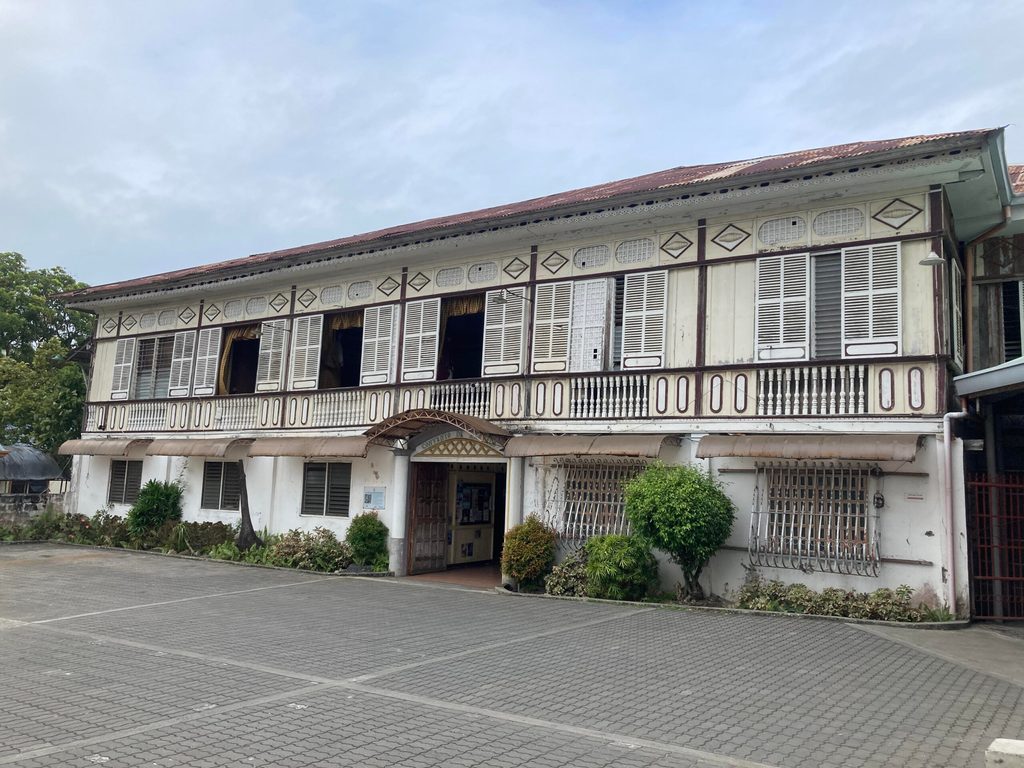
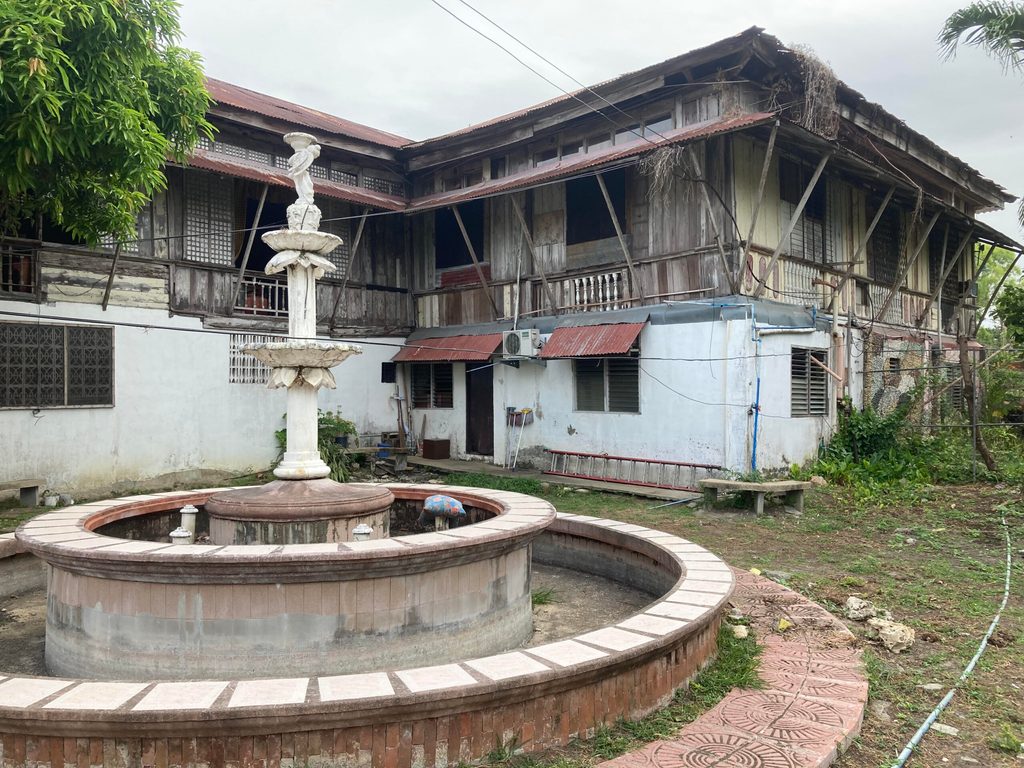
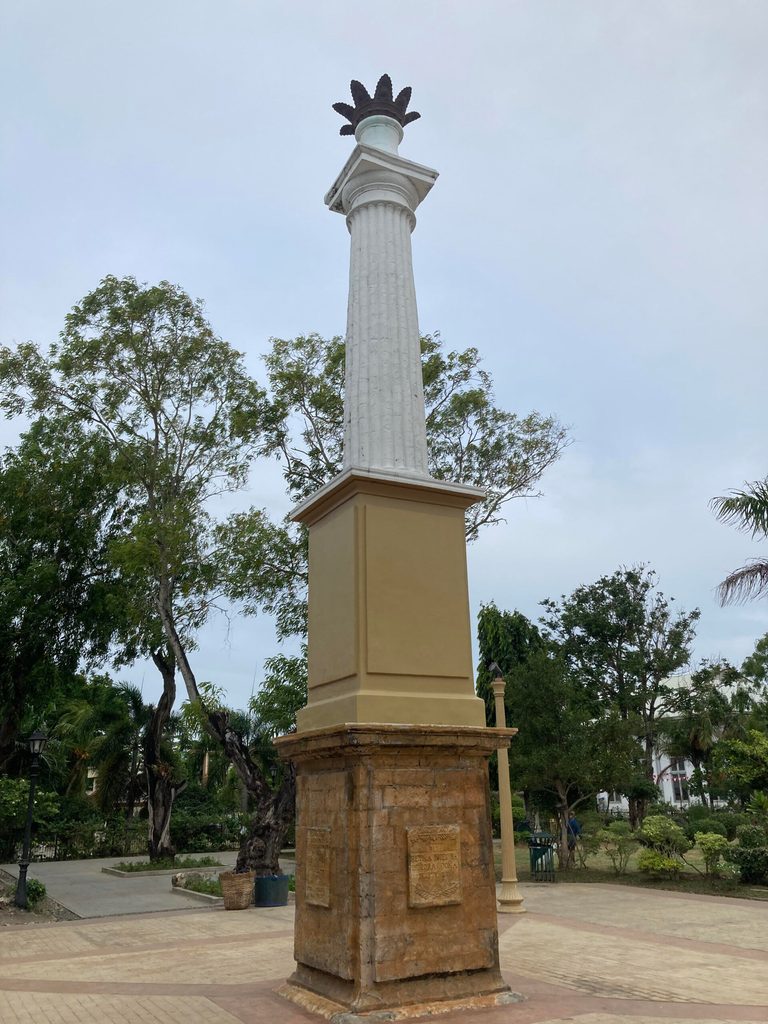
The Villa de Arevalo church and plaza complex is a “cultural heritage zone,” designated by a Republic Act. Unusually, the church itself is in the middle of the plaza – unlike most other towns. The plaza itself has been newly landscaped, and historical monuments such as the art-deco styled Rizal monument, and the “Corona de Reyna Isabel Dos,” a fluted column topped by a crown, dedicated to the former queen of Spain, Isabel II, by her Villa de Arevalo loyalists. It dates back to the mid-19th century, and was declared a national cultural landmark in 2019. Sadly, the yellowish coral rock inscriptions at the base are being eroded. The convento and parish office still stands as an outstanding example of Spanish-Filipino architecture. Arevalo has the third oldest Santo Niño in the Philippines, and one of the oldest crosses in the country. The cross is in a small chapel about a kilometer away, in the barangay of Santa Cruz. Likely the barangay got its name from the Cross.
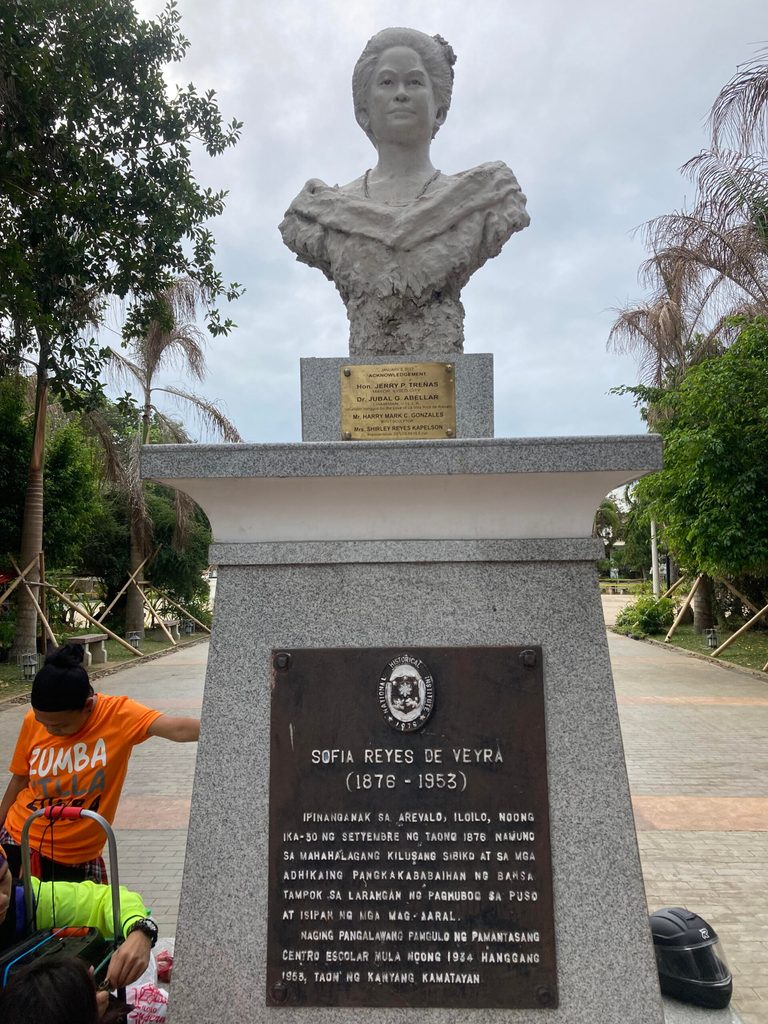
Prominent in the plaza area are busts and historical markers for Ramon Avanceña, a former Chief Justice and the educator-feminist Sofia Reyes de Veyra. Another prominent Villahanon who deserves a bust and recognition is the foremost Filipino engraver, Melecio Figueroa y Magbanua (1842-1903), whose coin design with the figure of his daughter, Blanca, was the face of Philippine coinage from 1903 until the 1970s. Some Figueroa works are in the collection of the Prado museum – a distinction for a handful of Philippine visual artists. The plaza is surrounded by many ornamental plants as the district is also known as the “flower garden of Iloilo.”
A few steps away from the plaza one can find ancient traditions of loom weaving, piña, jusi, and hablon at the Arevalo Sinamay Dealer which also produces the popular Mama’s Kitchen cookies. The early 20th century ilustrado home has been recently refurbished, and with its extensive grounds, can also be rented out for events. Next door to it is one of Iloilo’s most popular visitor attractions: a heritage house turned lifestyle museum, and named a national cultural heritage property, the Avanceña Ancestral Home/Camiña Balay na Bato. Built in the mid-1860s by the first Filipino parish priest of Arevalo, Fr. Anselmo Avancena, it is a prime example of Hispano-Filipino fusion architecture, with capiz shell windows, ventanillas, carved tree trunk pillars, an entresuelo, a sala mayor, caida, oratorio, comedor, and cocina. The steep flight of stairs is best ascended sideways. Now run by the fifth generation of descendants, it has a gift shop and serves the most deliciously thick tsokolate eh from their own cacao farm, or a creamy version of pancit molo.
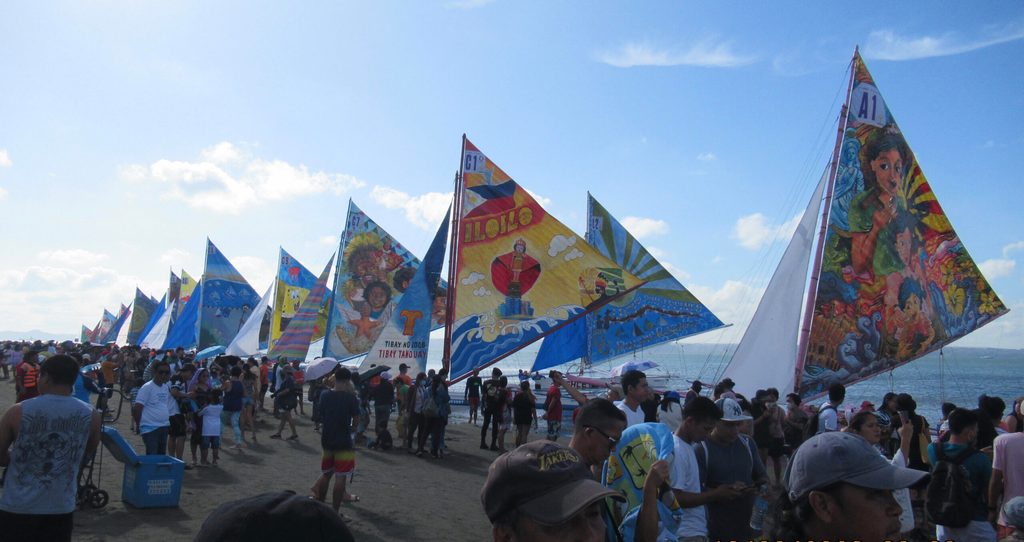
Today, Villa Beach continues to be popular for bathing and swimming with its smooth, fine black sand and gently sloping shoreline. However, an influx of settlers and a maritime university means it is more crowded compared to three decades ago. The beachside road has been widened, drainage and sidewalks improved. Hopefully more of the beachside can be cleared all the way to Oton, to allow an unimpeded view of the beach and Guimaras Island; this could take years, but could easily be Iloilo’s own version of the French Riviera. The annual Paraw (non-motorized sailboat with outriggers) Regatta, the oldest traditional craft event in Asia, and the largest of its kind in the country, is held late in February and is still a top tourism event. It starts off and ends at Villa Beach. During the regatta, there are other sports events – beach volleyball, football, and “ultimate fitness” competitions.
I learned to swim in Villa Beach in the ’60s. On Sundays my Dad would pack all seven of us into the family car, take us for a swim, and we’d sometimes have charcoal-grilled whole darag (native) chicken and binakol (chicken in coconut water, served in bamboo tubes), and on special occasions, lechon. Lechon is one of the specialties of the area – you know you’re in Arevalo when you begin to see a profusion of lechon stands. Interestingly Ronquillo’s Arevalo in Avila is known for its “toston” (also called cochinillo) – whole roasted suckling pig, that is sliced using a traditional plate; could Ronquillo have introduced lechon? Fresh seafood is served at popular places such as Tatoy’s, Erning’s, Breakthrough, and the Punta Villa Resort. Villa bibingka is also delicious – flat, loaded with young coconut rather than flour and cheese – and available from several roadside stalls. As a child, I often associated Villa de Arevalo with the beach, flower gardens, lechon, roasted chicken, and bibingka – and six decades later, these remain its calling cards. – Rappler.com
Vic Salas is a physician and public health specialist by training, and now retired from international consulting work. He is back in Iloilo City, where he spent his first quarter century.
Add a comment
How does this make you feel?





![[Ilonggo Notes] Exploring Plaza Libertad, Iloilo’s first town square](https://www.rappler.com/tachyon/2024/07/plaza-libertad-guimaras-from-city-hall.jpg?resize=257%2C257&crop=574px%2C0px%2C640px%2C640px)
![[Ilonggo Notes] Guimaras: Geared up for success](https://www.rappler.com/tachyon/2024/05/Ilonggo-Notes-Guimaras-May-6-2024.jpg?resize=257%2C257&crop=298px%2C0px%2C720px%2C720px)
![[Ilonggo Notes] Putting the spotlight on Ilonggo and regional cinema](https://www.rappler.com/tachyon/2024/04/Screenshot-2024-04-07-at-2.04.59-PM.png?resize=257%2C257&crop=321px%2C0px%2C809px%2C809px)
![[Ilonggo Notes] The foremost Filipino engraver, sadly unremembered, needs to be given his due](https://www.rappler.com/tachyon/2024/03/Figueroa-.jpg?resize=257%2C257&crop=265px%2C0px%2C720px%2C720px)




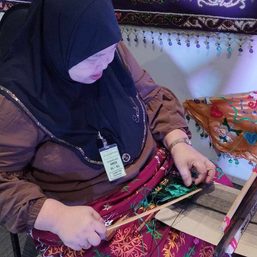
There are no comments yet. Add your comment to start the conversation.